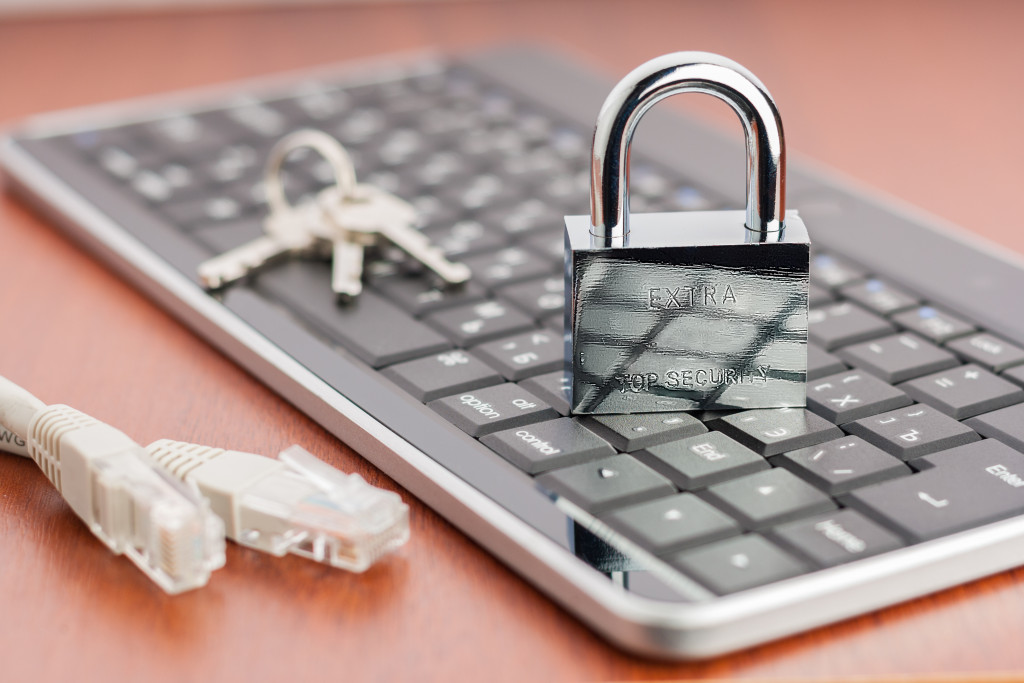In this modern age, businesses have moved many operations to the digital world. Many business processes like file management, customer transactions, and internal and external communications can be dealt with easier when done digitally and are relatively more cost-effective than other alternatives. But just as this convenience is starting to become integrated into every industry, it is also becoming a dangerous place where cyber attacks lurk in almost every corner. Some entrepreneurs might think that there is only a tiny chance that these threats would target them, so they leave their systems vulnerable, ultimately inviting attackers to wreak havoc on their businesses.
As such, it is crucial to take preventive measures against cyber attacks. No matter how much you rely on digital processes for your business, you can still become a target of such threats. Taking the appropriate steps can help you to avoid major problems and losses. Here are some steps that you can take to keep your business safe.
Getting cyber insurance
Just as general liability insurance is vital for most businesses, cyber insurance is a must for companies that employ any kind of digital and online processes that involve data management and money transactions. Cyber insurance helps to cover expenses and liability claims when your business does receive such an attack and sustain considerable losses.
Installing a firewall
Installing firewalls is the most common way to prevent cyber threats. A firewall keeps out unrestricted access to your system by managing network traffic and assessing whether to provide access or not with its defined rules. This kind of defense against cyberattacks are relatively low-cost and easy to set up, making your system more secure and your business safer.

Managing cybersecurity policies on employees
Managing cyber policies can prevent many kinds of cyberattacks. The common target of cyber threats is the activities of your employees. Attackers usually get into your system whenever your employees leave their accounts vulnerable. This can come in the form of weak login passwords and unsecured network connections.
Your initial step should include enforcing cyber policies on your employee activities. Having your employees create stronger passwords for their accounts and keeping them informed on how to safely connect to the internet using the same devices that they use for work can help you to worry less about these kinds of attacks.
Creating two-step authentication for your website and applications should also keep your system secure while employees are using it. After that, conducting talks and lectures about cybersecurity should further protect them from leaving your system open to compromises by knowing how to recognize many kinds of online scams and keeping their devices secure at all times.
Keeping your system up to date
Updating all the software in your system to the latest versions should also help to minimize the chances of attacks. Old versions of many programs become vulnerable to security breaches as the creators move most of their security processes to the latest versions. This leaves many doors open for attackers to enter your system and gain access to all your business operations and transactions. This should also involve always having the best and latest antivirus software that will scan your system for threats and keep it secure whenever a key program is updated.
Backing up all system data
Ransomware is a kind of cyber attack that holds a part of or the entire system for ransom. The attackers will prevent you from accessing your files by encrypting them and asking for a ransom, or else the contents of your system will be wiped and lost for good. This makes backing up all the system files regularly and putting them in separate storage like an external hard drive or the cloud very important. Having multiple secured copies that you can access can help to minimize the effects of this kind of attack. Although this step will not prevent a ransomware attack, it will surely help you avoid paying the large ransom just to gain back access to your own system.
Your business will always be vulnerable at a certain level to these kinds of cyberattacks. Hackers are getting smarter and more advanced each day, developing more ways to illegally access other people’s systems. But with these steps, you have done everything you can to protect your business from them. These actions should discourage and prevent attackers from targeting you and your company and mitigate the impacts on your finances when an attack gets past your security. Remember to continue being informed about the new kinds of digital attacks on businesses so that you are always one step ahead in securing your system.
